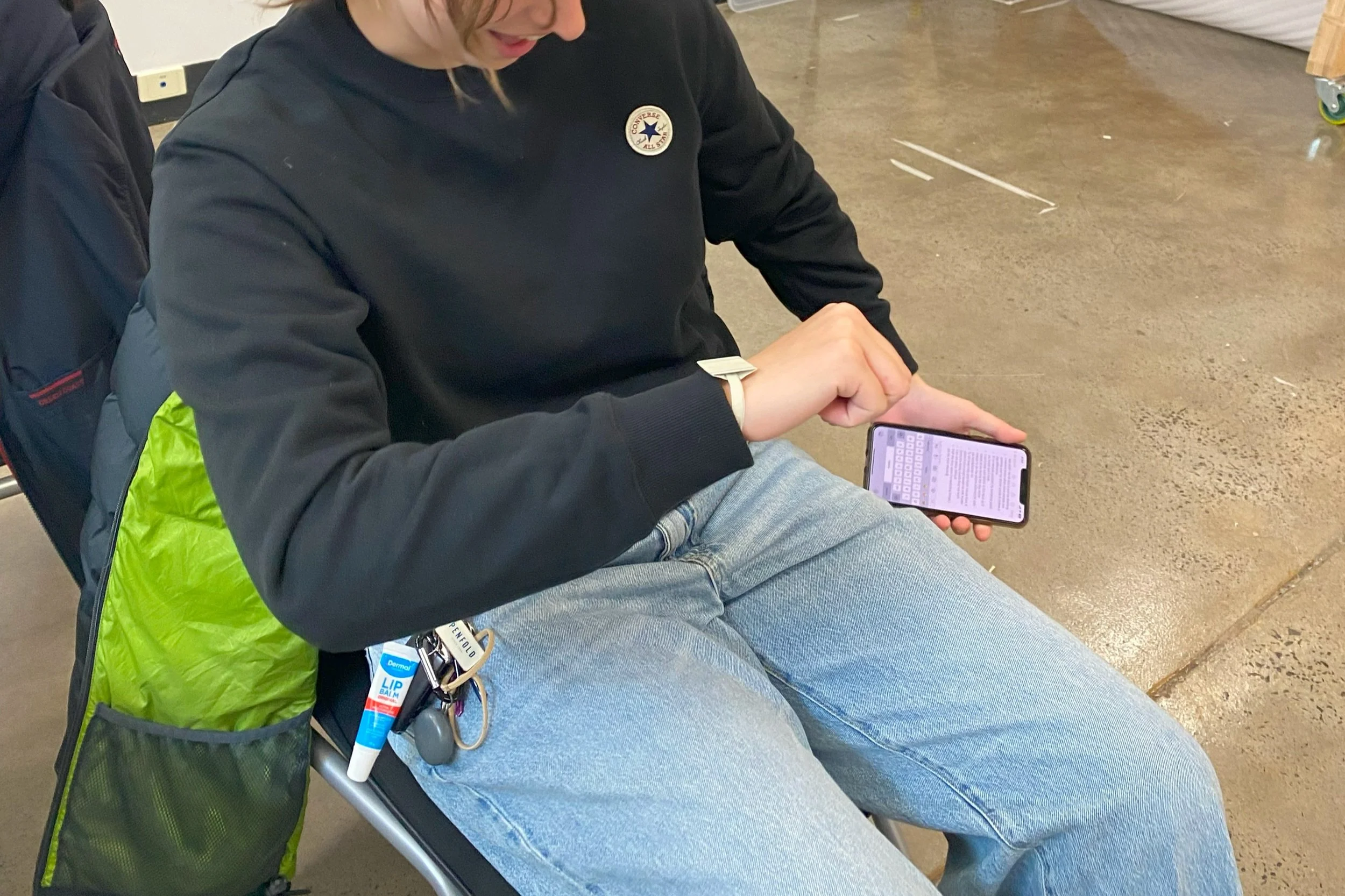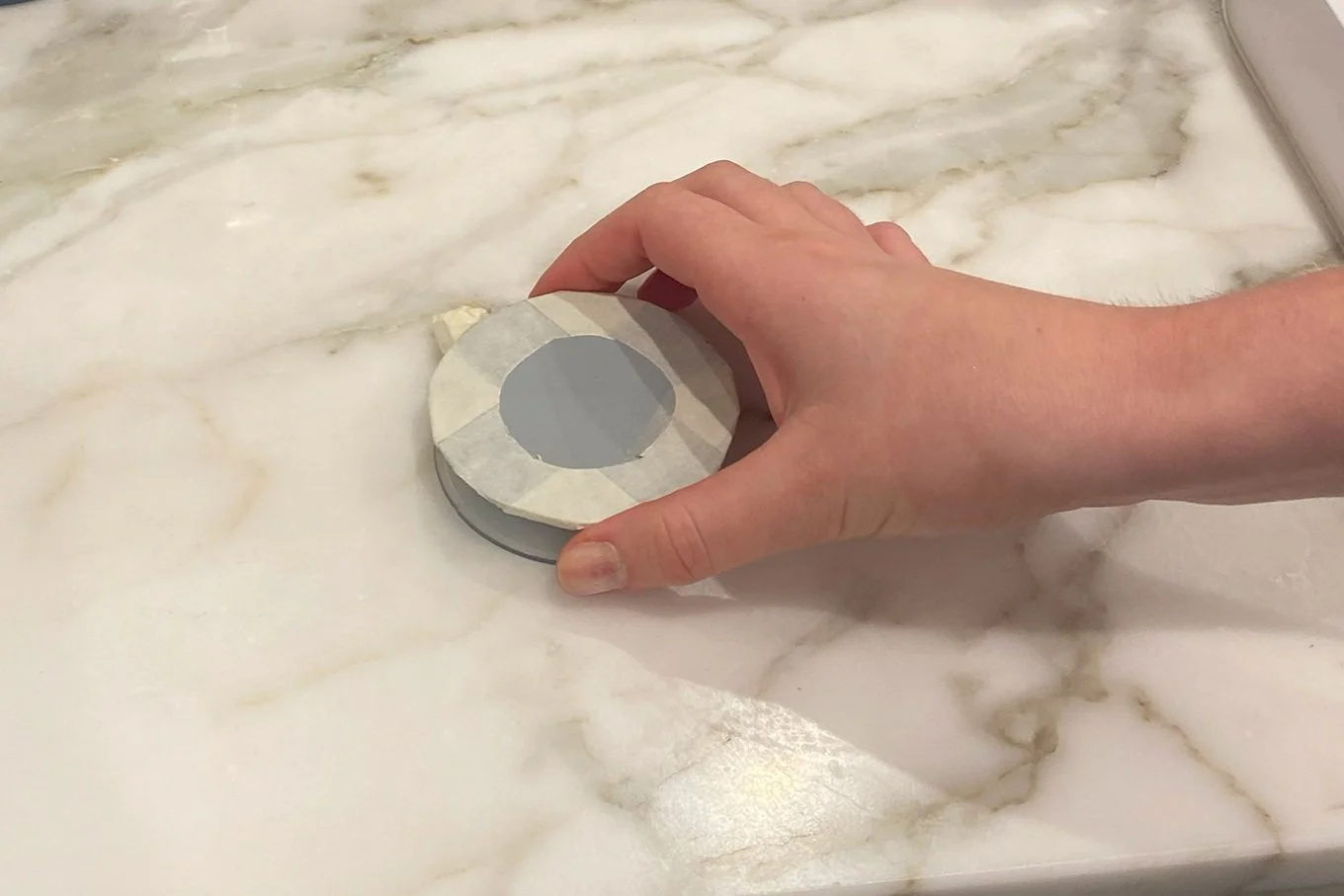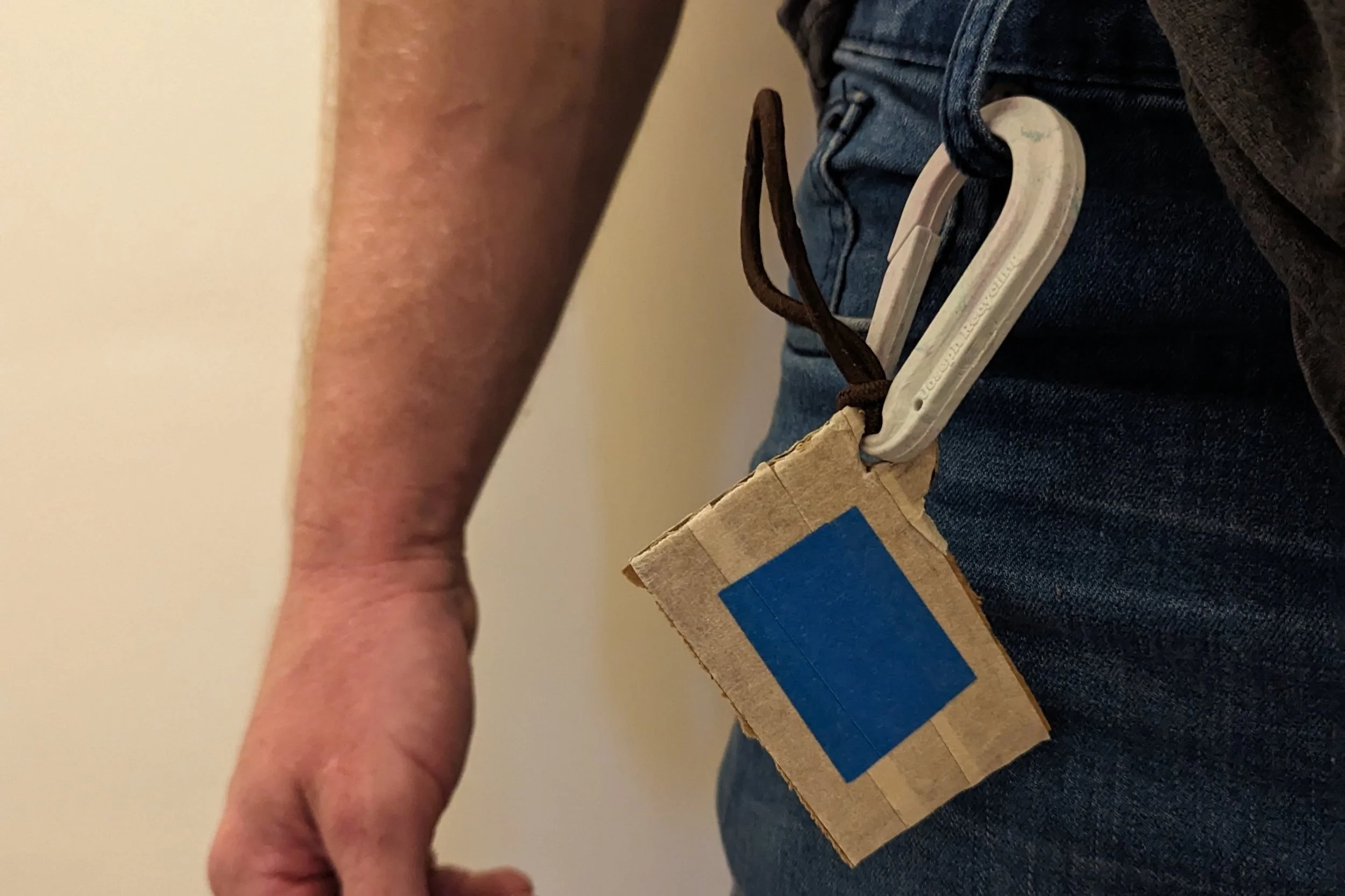
People with anxiety and sensory disorders need a non-intrusive form of communication and direction within the Monash Connect waiting area in order to reduce overstimulation and feel more comfortable in the space
How might we design a communication system for the Monash Connect waiting area that maintains clear directions while minimising sensory stimulation?
Problem area
We spent time observing the Monash Connect Space and conducted surveys and interviews to gain insights into its problem areas. We found that: the check in process was arduous with too many steps, the waiting area was too loud with the constant announcements and it was hard to find the correct desk when it was your turn.
Concept exploration
This bracelet incorporates a screen that displays essential information such as estimated wait time and queue position. When it is the users turn, it vibrates and illuminates with the designated desk number and corresponding color, providing easy navigation. By eliminating audio call ups and giving direct, personal cues, this design reduce stimulation and uncertainty. The integration of numeric and color-coded directives ensures clear and efficient guidance within the space.Qlet
Low fidelity prototyping and user testing
The prototyping process began with brainstorming the form of a portable alert device. We made physical models of 3 that we thought would work best and had potential users test them and give feed back. From this we made further iterations and gained a greater understanding of our consumers needs.
Qlet
+ Alert vibrations
- Not everyone will want to wear it
Puck
+ Fidget element
- Handheld
Screen clip
+ Hold, wear, or clip on
- Dangles
Prototype
The group used a 3D printed prototype for bodystorming and user testing. This helped justify the size and functions, and get useful feedback on how the users experienced the concept.

















